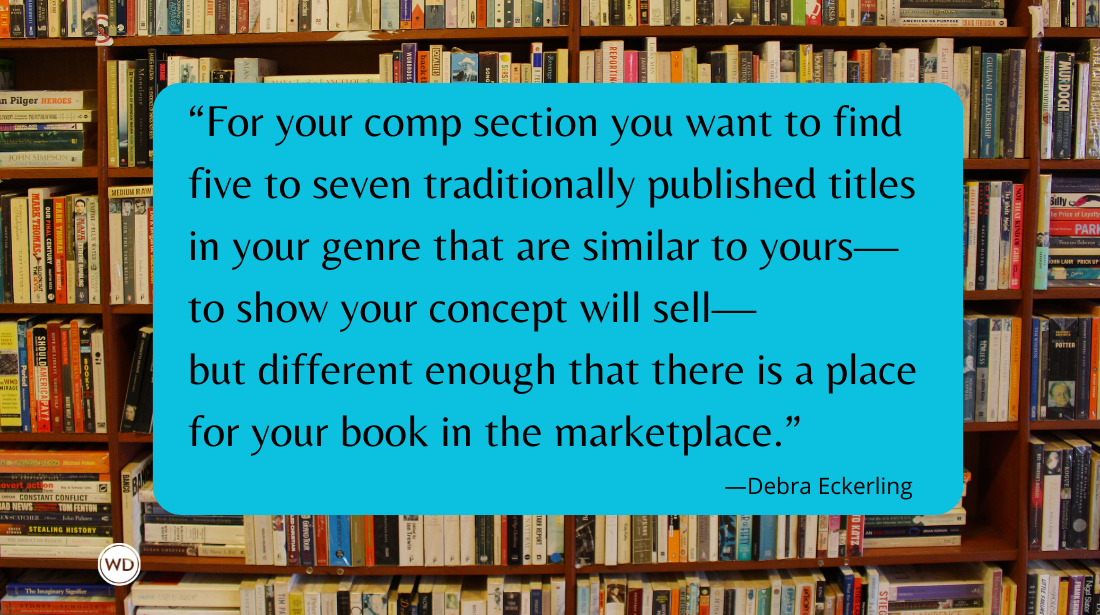25 Years in INDIE Publishing: What’s Changed and What Remains the Same?
The founder and editor of Foreword Reviews shares her thoughts on how independent publishing has changed (and stayed the same) over the past 25 years.
The total number of independently published books worldwide in 2022 is difficult to estimate, but it's likely to be in the millions. According to Bowker, a leading provider of information in the publishing industry, the number of author-published titles has grown significantly.
In 2019, authors self-published over 1.68 million print and e-books in the United States, up from just over 200,000 titles in 2011. This represents over 700% growth in just eight years. It’s important to remember that independent publishing is a global phenomenon, and the numbers above reflect only the author published titles produced in the United States.
At Foreword Magazine, we understood the magnitude of these numbers early on, and used this barometer when putting together a mission statement when we started in 1998. Our goal was to provide a credible review mechanism for independently published books that would be used by the trade to discover underrepresented and often ignored voices.
We’ve seen a steady rise of author publishers who “turn professional” and publish more books than their own. It’s been a roller coaster ride, and we’ve experienced some significant industry changes in the last 25 years. Here’s a quick list of those top of mind:
- The rise of self-publishing platforms. In the past few decades, the independent publishing industry has been revolutionized by the emergence of self-publishing platforms like Amazon's Kindle Direct Publishing and IngramSpark. These platforms have made it easier than ever for independent authors to publish and distribute their books, without the need for a traditional publisher. This “democratization” has made publishing more accessible to a wider range of authors, regardless of their background or connections.
- Changes in book distribution. With the growth of e-books and online retailers like Amazon, the distribution channels for independent books have expanded significantly. Independent authors can now sell their books to readers all over the world, without the need for physical bookstores. The introduction of print-on-demand (POD) technology has also made it possible for independent authors to print their books as and when they are ordered, eliminating the need for large print runs and upfront costs.
- The role of social media and changes in book marketing. With the rise of social media and online marketing, independent authors now have a range of tools at their disposal to market their books. Social media has become an important tool for independent authors to promote their books and connect with readers. Authors can use social media platforms like Facebook, Twitter, and Instagram to build their brand, connect with fans, and share news and updates about their work.
- Increased competition. While the democratization of publishing has made it easier for authors to publish their books, it has also led to increased competition. With so many books being published every day, it can be challenging for independent authors to get their books noticed. Authors need to find new and creative ways to stand out from the crowd and attract readers.
- Changes in reader behavior. The popularity of e-books has skyrocketed since 1998, with many readers preferring the convenience of reading books on their electronic devices. This has made it easier for independent authors to self-publish their books in digital formats, bypassing traditional publishers. The rise of e-books and online retailers has also changed the way readers discover and purchase books. Many readers now rely on online reviews and recommendations to guide their purchasing decisions, which has created new opportunities and challenges for independent authors.
- The growth of audiobooks. The audiobook market has grown significantly since 1998, with many readers preferring to listen to books rather than read them. This has made it easier for independent authors to reach a wider audience by producing their books in audio format. According to the Audio Publishers Association (APA), the audiobook industry has experienced significant growth over the past few years. They note that In 2020, the audiobook industry in the United States generated over $1.3 billion in revenue, up from $940 million in 2015. This represents a growth rate of over 37% in just five years. The number of audiobook titles produced has also increased significantly, with over 71,000 titles produced in 2020 alone.
Thankfully, many things remain the same: Reading is not going out of style; print books have not disappeared (as predicted), readers still love a good story. Plus, they now have options to get their fix in print, as an ebook, or as an audio edition depending on their preferences.
A recent survey conducted by the Alliance of Independent Authors (ALLi) found that self-published authors earn more than writers with publishers. They also found that many authors run thriving businesses through their website, direct sales, crowdfunding, and help from their readers. In addition to the on-going endeavor to produce quality work—not only in craft, but in editing, packaging, and marketing—successful writers should also be focused on changes specific to their professional development, including:
- The impact of technology on the writing process. With the rise of digital technology, writers can now use various tools and software to aid in the writing process. For instance, many writers use Scrivener or other writing software to organize their ideas and drafts, while others use dictation software to dictate their writing. Additionally, online writing communities and forums have made it easier for writers to connect with others, get feedback on their work, and improve their craft.
- The rise of hybrid publishing models. In addition to self-publishing and traditional publishing, hybrid publishing models have emerged as an alternative for writers. These models allow writers to retain more control over their work while still accessing the benefits of traditional publishing, such as editorial and design services. Some hybrid publishers also offer distribution and marketing services, making it easier for writers to reach a wider audience.
- The importance of building a brand as a writer. With the increase in competition in the publishing industry, it has become more important than ever for writers to build a brand and establish a following. This includes developing a strong author platform, creating a professional website, and engaging with readers and fans on social media. By building a brand and establishing a following, writers can increase their visibility and reach more readers.
- The role of diversity and inclusivity in the publishing industry. In recent years, there has been a growing awareness of the need for greater diversity and inclusivity in the publishing industry. This includes publishing more books by underrepresented authors and featuring more diverse characters and perspectives in books. Many publishers and writers are actively working to promote diversity and inclusivity in the industry, and readers are increasingly seeking out books that reflect a wide range of experiences and perspectives.
Overall, the publishing industry has undergone significant changes in recent years, with new technologies, publishing models, and marketing strategies emerging that are making independent presses and author publishers a force to be reckoned with. While these changes can be challenging, they also offer new opportunities for writers to reach a wider audience and achieve success on their own terms.
By staying up-to-date with the latest trends and strategies, and by approaching their writing as a business, it has been our experience that writers are indeed experiencing success in today's publishing landscape.
Victoria Champagne Sutherland is the Founder and Publisher of Foreword Reviews. Foreword Reviews is celebrating its 25th-year anniversary of exclusively reviewing independently published books. Learn more at https://www.forewordreviews.com.








